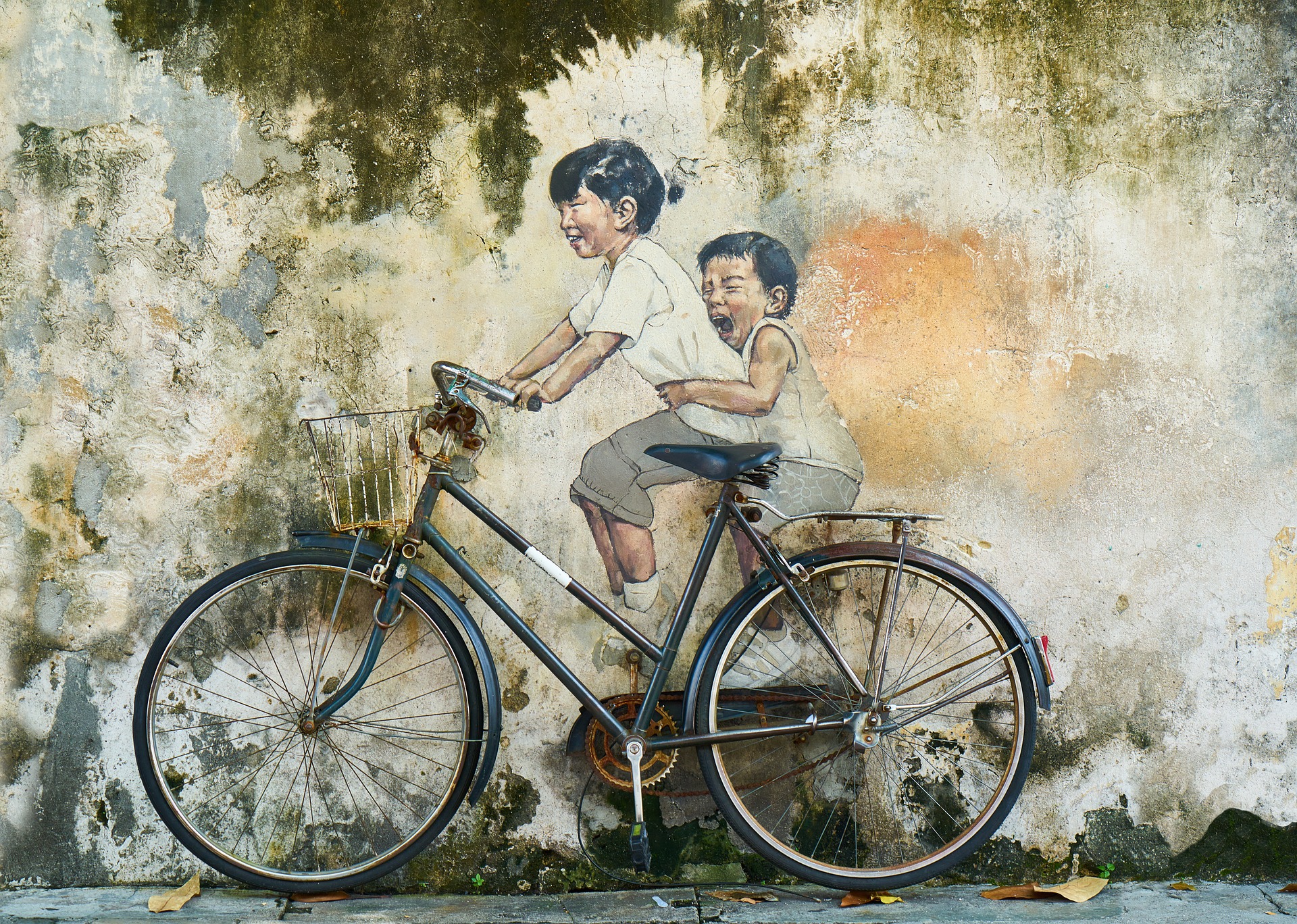Virtual Reality: Transforming the Landscape of Performing Arts
The world of performing arts is being revolutionized by a technology that's rapidly gaining momentum—virtual reality (VR). This article delves into the historical context of VR, its current applications in the arts and entertainment industry, and the potential it holds for the future.

A Glimpse into the Past: VR and Its Origins
Virtual reality may seem like a technology of the digital age, but its roots trace back to the 1960s, with the invention of the Sensorama by filmmaker Morton Heilig. A mechanical device that gave viewers a multi-sensory experience, the Sensorama was a precursor to modern VR. But it was in the 1990s, with the advent of computer technology, when VR began to take shape as we know it today.
VR Today: A New Canvas for Artists
Fast forward to the present, and VR has become a hotbed for creativity. It’s no longer confined to the realms of gaming and tech demos but has permeated the performing arts, creating a new medium for artists to explore. From immersive theater productions that transport viewers to different worlds, to dance performances choreographed specifically for VR, the technology is redefining the boundaries of artistic expression.
The Impact of VR: A New Dimension to Performing Arts
The incorporation of VR into performing arts is significant for several reasons. For one, it provides a level of immersion that traditional mediums cannot replicate. This immersion can elicit stronger emotional reactions from the audience, making the experience more impactful. Moreover, VR can break down geographical barriers, allowing people from different parts of the world to partake in the same performance.
A Peek into the Future: The Potential of VR in Performing Arts
Looking ahead, the potential of VR in the performing arts is immense. It can pave the way for hyper-realistic performances that blend the physical and digital in ways we’ve yet to imagine. Additionally, as the technology becomes more sophisticated and accessible, it could democratize the performing arts, making it more inclusive for all.
Navigating the Challenges: The Road Ahead for VR in Performing Arts
Despite its potential, VR in performing arts also poses challenges. Technical issues, such as motion sickness, need to be addressed to make the experience comfortable for all viewers. Furthermore, the high cost of VR equipment could be a barrier for many. Despite these hurdles, the overwhelming potential of VR in transforming the performing arts landscape cannot be ignored.
Virtual Reality, with its immersive capabilities, is poised to take the performing arts world by storm. As artists continue to experiment and push boundaries, we can look forward to a future where art and technology intertwine to create unforgettable experiences.




